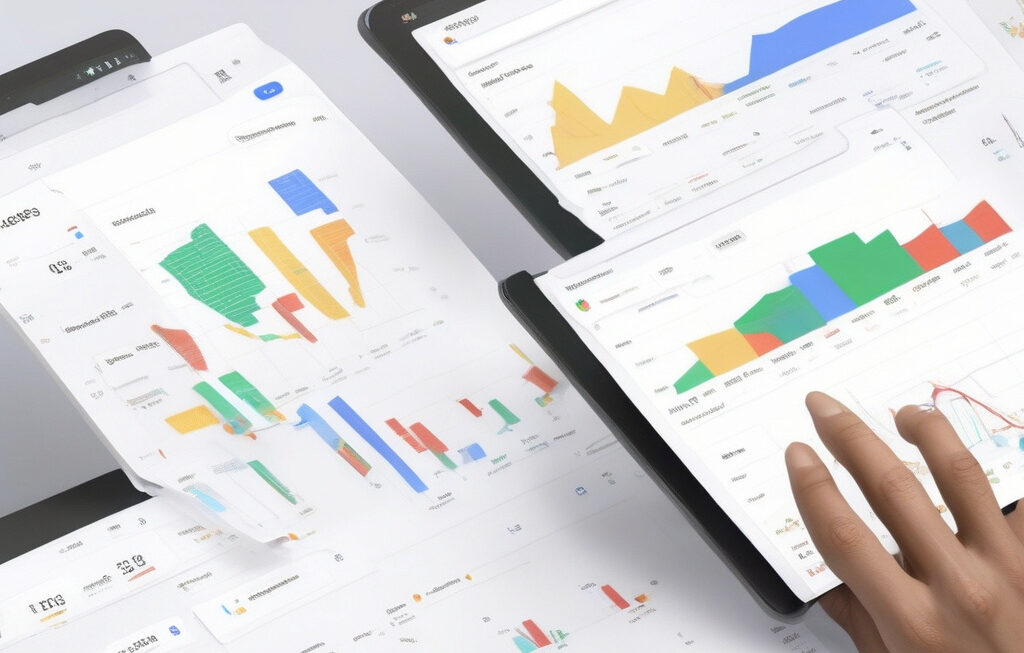Quiet Cracking Fuels Debate on AI Mental Health Role
In the fast-paced world of technology and innovation, the pressure to perform can be overwhelming. Instead of quitting, some workers choose to quietly endure stress and dissatisfaction, a phenomenon known as quiet cracking. This pattern raises concerns about mental health in the workplace and has sparked a debate on the role that artificial intelligence (AI) could play in supporting individuals facing these challenges.
Quiet cracking is a silent struggle that many employees face. It involves suppressing feelings of stress, burnout, or dissatisfaction in the workplace rather than addressing them openly. While on the surface, these individuals may appear to be coping well, internally, they are battling with their mental well-being. The reasons behind quiet cracking can vary, including fear of judgment, concerns about job security, or simply not wanting to burden others with their problems.
As the conversation around mental health in the workplace continues to gain momentum, the potential of AI to support individuals experiencing quiet cracking is being explored. AI technologies have the capability to analyze vast amounts of data, including patterns in communication, work habits, and even biometric data, to identify signs of stress or burnout in employees. By flagging these indicators early on, AI systems could prompt interventions or support mechanisms to help individuals before their mental health deteriorates.
One example of AI being used to address mental health challenges in the workplace is through sentiment analysis of employee communications. By analyzing the tone and language used in emails, messages, or even video calls, AI systems can detect signs of stress, frustration, or disengagement. This data can then be used to provide targeted support, such as counseling services, stress management resources, or adjustments to workload or responsibilities.
Moreover, AI-powered chatbots are being leveraged as virtual mental health assistants. These chatbots can engage with employees in real-time, providing a confidential space for individuals to express their feelings and receive support. By leveraging natural language processing and machine learning algorithms, these chatbots can offer personalized recommendations, coping strategies, or simply lend a listening ear to those in need.
While the potential benefits of AI in supporting mental health in the workplace are significant, there are also ethical considerations to take into account. Privacy concerns, data security, and the potential for AI to be used for monitoring or surveillance purposes must be carefully addressed. It is essential that any AI solutions implemented to address mental health challenges prioritize the well-being and autonomy of the individuals they are designed to support.
In conclusion, the phenomenon of quiet cracking highlights the importance of prioritizing mental health in the workplace. By acknowledging and addressing the challenges individuals face, organizations can create a supportive environment that fosters well-being and productivity. AI technologies have the potential to play a valuable role in identifying and supporting individuals experiencing quiet cracking, but it is crucial that these technologies are implemented thoughtfully and ethically. As we navigate the complexities of mental health in the workplace, leveraging AI responsibly could pave the way for a healthier and more resilient workforce.
mentalhealth, AI, workplacewellness, technology, employeeengagement












